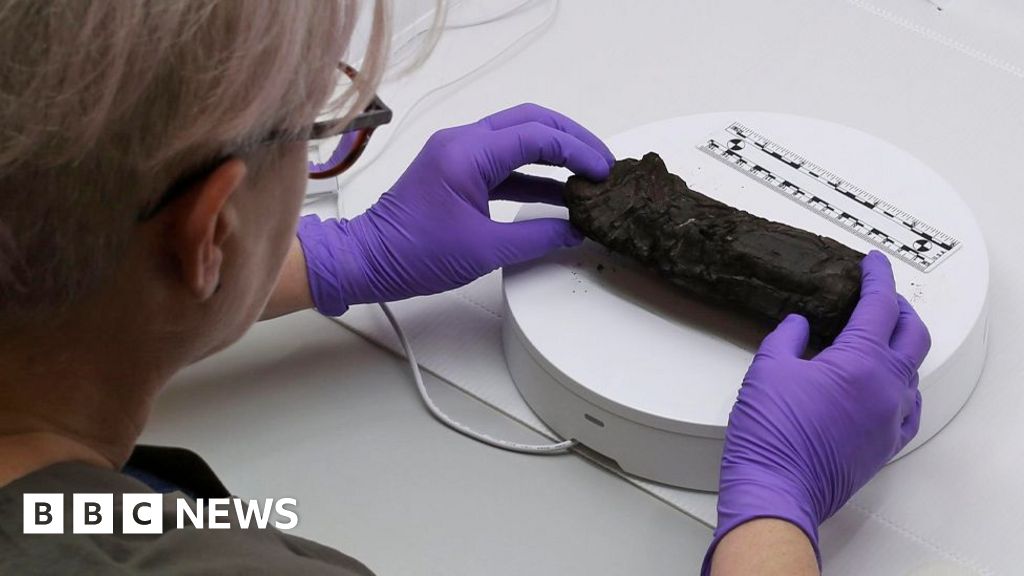- Total News Sources
- 15
- Left
- 7
- Center
- 2
- Right
- 4
- Unrated
- 2
- Last Updated
- 318 days ago
- Bias Distribution
- 54% Left


AI Decodes 2,000-Year-Old Herculaneum Scroll
A Roman scroll, carbonized by the eruption of Mount Vesuvius in AD 79, has been read for the first time in nearly 2,000 years using AI and high-powered X-ray imaging. The scroll, known as PHerc. 172, is one of the Herculaneum scrolls housed at Oxford's Bodleian Library, previously thought too fragile to open. Scientists utilized the Diamond Light Source synchrotron to create 3D scans, allowing AI to virtually unroll the scroll and detect ink markings. This method revealed columns of Greek text, including the word 'διατροπή' (disgust), marking a significant breakthrough in the study of these ancient texts. The Vesuvius Challenge, an international competition, has spurred technological advances that make the full reading of such scrolls increasingly possible. This achievement highlights the collaboration between librarians, computer scientists, and classical scholars in uncovering ancient Greek and Roman philosophical works.




- Total News Sources
- 15
- Left
- 7
- Center
- 2
- Right
- 4
- Unrated
- 2
- Last Updated
- 318 days ago
- Bias Distribution
- 54% Left
Open Story
Timeline
Analyze and predict the
development of events
Related Topics
Stay in the know
Get the latest news, exclusive insights, and curated content delivered straight to your inbox.

Gift Subscriptions
The perfect gift for understanding
news from all angles.















